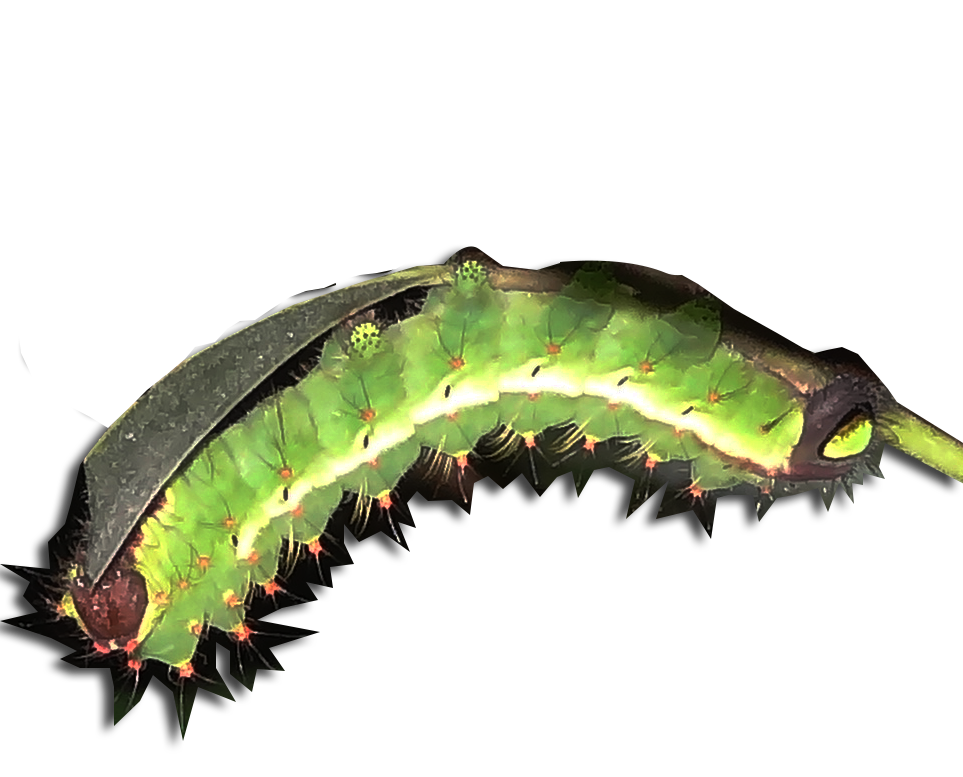Processing of Cocoons
Processing of eri cocoons
The eri cocoons are open mouthed since its silk filament is discontinuous. Hence, eri cocoon can only be used for spinning purpose. Eri silk has certain excellent textile properties such as fineness (2-2.5 denier) and thermal properties which play important role for determining the end use of a fibre. Eri silk is finer than muga and tasar silk. Major portion of eri cocoons produced in the region is locally spun through traditional devices like Takli and other spinning devices like CSTRI spinning wheels etc.
Drying
Sun drying is usually practised because of its simplicity. However, hot air drying is preferable where cocoons are kept in 95 to 55 0C for 3-4 hours. As eri pupa is mostly consumed by the people in this region, stifling process is not required. However, shell drying is necessary for preservation and storage.
Cocoon selection: Clean, dry and uniform quality cocoons are to be taken for spinning.
Degumming
Traditional process
The cocoons are loosely tied in cotton cloth and boiled in 10g Soda/l of water for 45 minutes to 1 hour. After boiling, individual cocoons are stretched or opened up in plain water into thin sheets. 3-4 such sheets are joined to make a cake, which is dried and used for spinning in Takli. Locally available materials such as ash obtained from banana, wheat stalk, paddy straw and pieces of green papaya are commonly used as degumming chemical instead of soda.
Improved method
Eri cocoons are loosely tied in a porous cloth and the bundle is immersed in an alkaline solution of 10-12g soap and 2-4g Soda per litre of water and bolied for an hour. The cocoons are then washed and reboiled in fresh water for 15-30 minutes. After proper washing the cocoon shells are dried without disturbing the fibre layer and then utilized for spinning especially in CSTRI machines.
Spinning
Takli spinning
The takli consists of a spindle with disc like base. The spinner holds the cocoon cake in the left hand, drafts and then feeds the strand with the right hand to the spindle. The spindle is occasionally rotated by the right hand in order to wind the yarn to the spindle. Production is around 40-60g/ person/days.
Improved spinning wheel
Although the Takli is very simple and cheap, its output is quite low. Improved spinning devices have been developed time to time in which CSTRI spinning wheel is the latest one. The production is around 120-150g/ person/ day with 70-80% recovery from the cocoon shell.
Weaving
Generally throw shuttle looms are conveniently used for weaving eri cloth. The preliminary operation for weaving includes sizing and warping which is winding of the thread for warp. The processes are mainly manual. The warp is prepared section by section either in horizontal drum or in hand reel. The fabric can thus have the required width. The weft thread is fitted on a bobbin into a boat
shaped shuttle. The finished fabric is wound on the cloth beam steadily.
Now a days, fly shuttle loom is used for better equality eri fabric and also for blended fabric. The production quantum becomes 2.5 times higher than the throw shuttle loom. A throw shuttle loom can weave about half 0.5m cloth/ day working whereas the fly shuttle can weave upto 5m.
Source
- Package of practices of Muga, Eri and Mulberry Sericulture for North Eastern region of India, 2005, Central Muga Eri Research & Training Institute, Lahdoigarh, Jorhat, Assam.
- Directory of Sericulture Technology 2008, Karnataka State Sericulture Research and Development Institute,Bangalore- 560 062.

